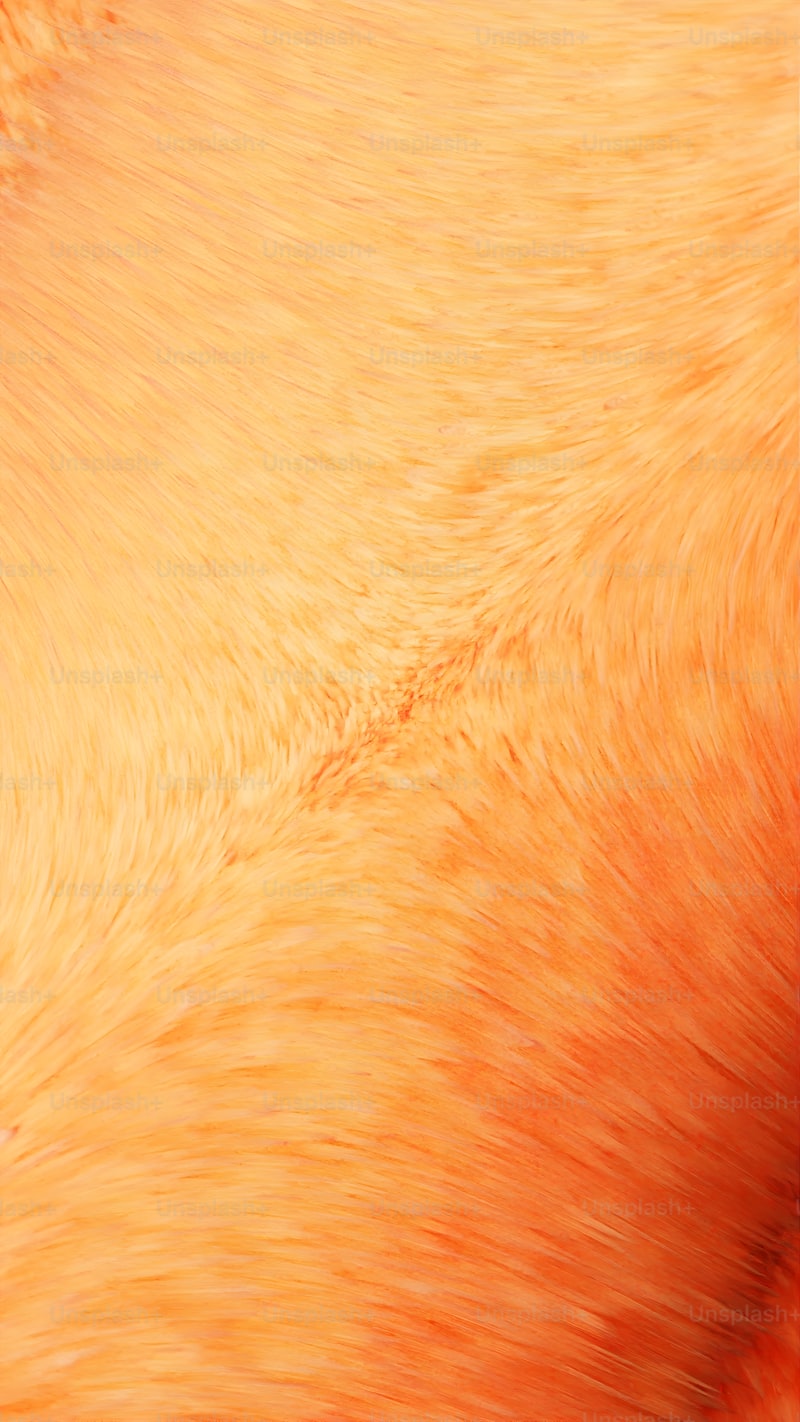Understanding the Impact of Sunlight on Fabrics: A Comprehensive Guide
When it comes to maintaining the longevity and appearance of fabrics, understanding the impact of sunlight is crucial. Sunlight, while a vital source of energy and warmth, can significantly affect various types of fabrics used in our daily lives. In this article, we will explore how sunlight interacts with different materials, the effects it has on their structure and color, and strategies for protecting fabrics from excessive sunlight exposure.
The Science Behind Sunlight and Fabrics
Sunlight consists of various wavelengths, including ultraviolet (UV) rays, visible light, and infrared radiation. These components can initiate photochemical reactions in fabrics, leading to fading, weakening, and degradation. Let’s break down the different ways sunlight can affect fabrics:
The Effects of Sunlight on Different Types of Fabrics
| Fabric Type | Effects of Sunlight |
| Cotton | Can fade and weaken over time, especially with prolonged exposure. |
| Polyester | More resistant to fading, but still susceptible to UV damage and heat. |
| Silk | Highly sensitive to sunlight; can lose luster and color rapidly. |
| Linen | Fades more slowly than cotton but can still degrade over time. |
| Wool | Generally resistant but can become brittle if exposed to excessive sun. |
Ultraviolet Rays
Ultraviolet rays are a significant concern when it comes to the impact of sunlight on fabrics. These rays can break down the molecular structure of fibers, leading to loss of strength and integrity. For instance, cotton, a commonly used fabric, is particularly susceptible to UV damage.
Visible Light
Visible light can also lead to fading. The vibrant colors in dyed fabrics may gradually lose their intensity due to prolonged exposure to direct sunlight. This is especially apparent in outdoor settings where fabrics are regularly exposed.
Infrared Radiation
Infrared radiation primarily contributes to heat, which can cause materials to dry out and become brittle. For example, leather and some synthetic materials may crack or warp due to high temperatures resulting from sun exposure.
Identifying Vulnerable Fabrics
Certain fabrics are more susceptible to sun damage than others. Here are some factors that can make fabrics prone to the impact of sunlight:
- Color: Darker colors tend to fade faster than lighter colors when exposed to sunlight.
- Material: Natural fibers are generally more vulnerable than synthetic ones.
- Finish: Fabrics treated with special coatings may offer some protection against UV rays.
Protecting Fabrics from Sunlight Damage
Here are effective strategies to protect your fabrics from the harmful effects of sunlight:
1. Use UV-Blocking Treatments
Many fabric manufacturers now offer UV-resistant treatments that can be applied to both indoor and outdoor fabrics. These treatments help to minimize the quantity of UV rays that penetrate the material.
2. Utilize Window Treatments
Applying window films or using curtains, blinds, or shades can significantly reduce direct sunlight exposure. Light-filtering fabrics can still allow natural light in while blocking damaging rays.
3. Rotate and Change Position
For items such as outdoor cushions and chair covers, rotating their position can prevent uneven fading. Alternating their usage will ensure that all sides receive similar levels of sun exposure.
4. Regular Cleaning and Maintenance
Regularly cleaning fabrics can help in maintaining their original appearance. Be sure to use cleaning products that don't contain bleach, as bleaching agents can exacerbate sun-related damage.

Understanding the Lifetime of Fabrics
The longevity of any fabric is directly connected to how well it is protected from sunlight. For example, while polyester is more durable than cotton, neglecting its care can still lead to premature aging. To understand more about each type of fabric, let’s examine some common considerations:
| Fabric | Expected Lifespan Without Proper Care |
| Cotton | 3 - 5 years |
| Polyester | 5 - 10 years |
| Silk | 1 - 3 years |
| Linen | 3 - 5 years |
| Wool | 5 - 10 years |
The Importance of Awareness
Awareness of how sunlight impacts various fabrics can lead to better purchasing and care decisions. Homeowners, decorators, and fashion enthusiasts should consider the following questions when selecting fabrics:
- What type of fabric is best suited for my environment?
- How much direct sunlight does the fabric receive daily?
- Aren't there any protective coatings available for my chosen fabric type?
Conclusion
Understanding the impact of sunlight on fabrics is essential for maintaining their aesthetics and durability. By being aware of the specific vulnerabilities of different materials and implementing protective strategies, you can significantly extend the life of your beloved fabrics. Always consider the fabric type, anticipated sun exposure, and potential protective measures when selecting materials for your home or wardrobe. By following these guidelines, you safeguard your investment and maintain the beauty of your fabrics for years to come.
Ultimately, remember that while sunlight can enhance the ambiance of a space, excessive exposure poses a risk to the integrity of fabrics. Regular upkeep and informed choices are key to preserving your stylish textiles.